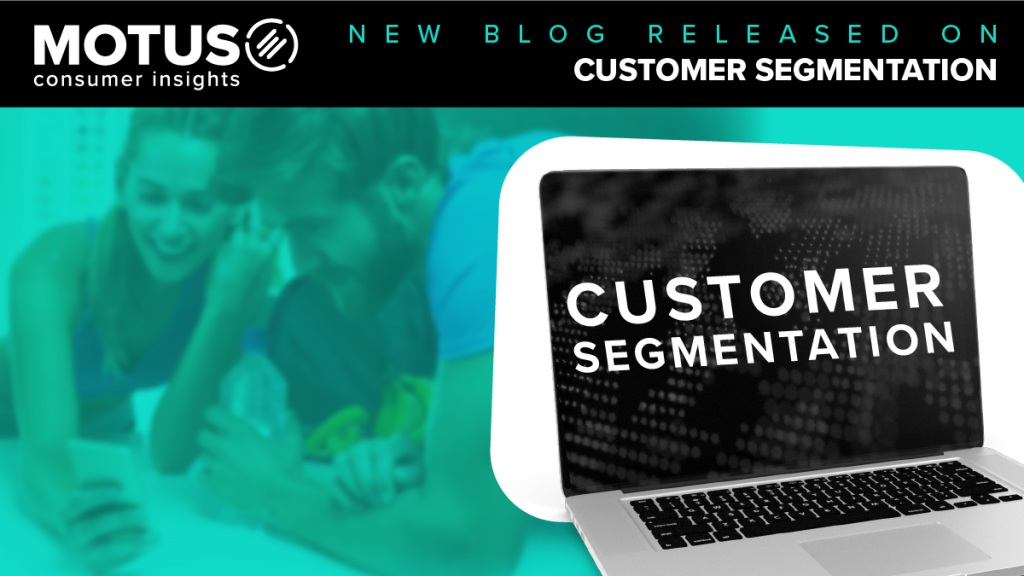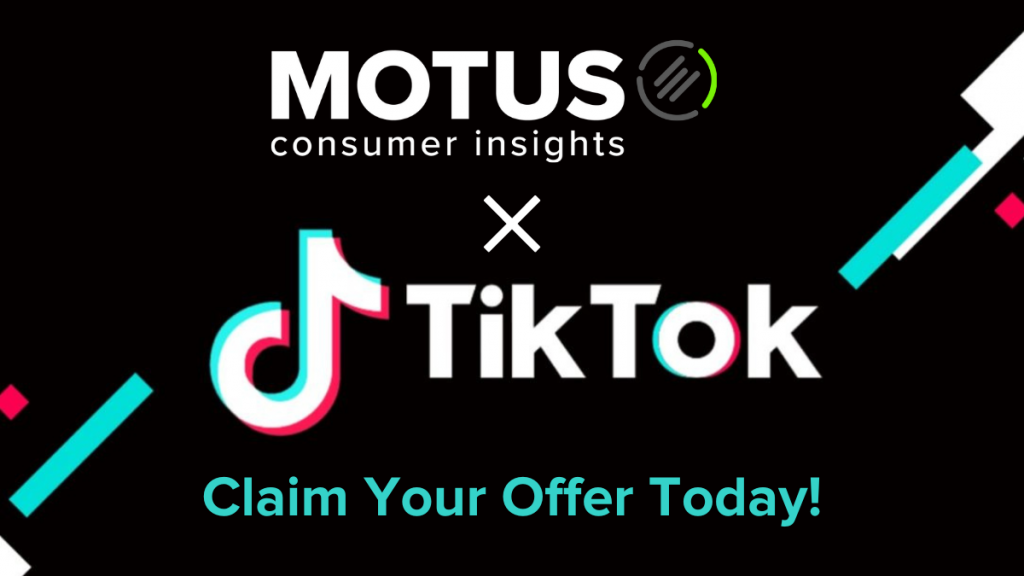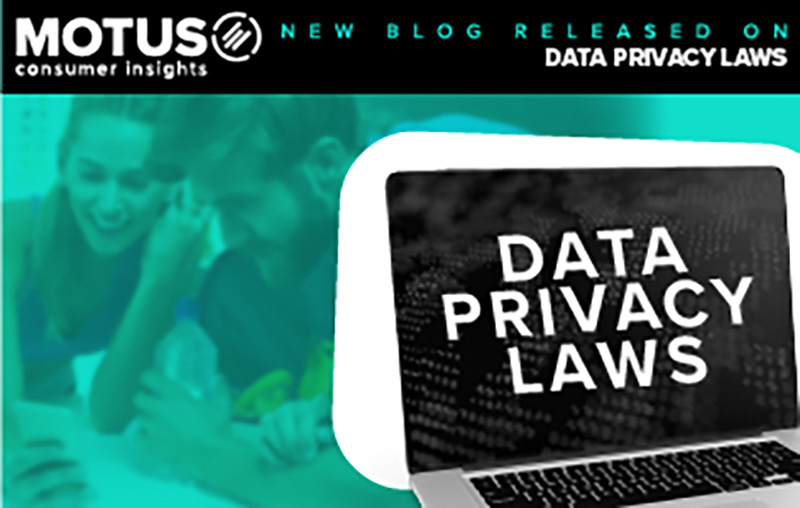Striving for Quality Over Quantity
Traditionally, businesses have focused their targeting strategy based on demographic elements, such as age, education, income, family size, race, gender, occupation, and nationality. This form of data is a simple and commonly used approach to audience segmentation. Companies have relied on these data points to understand purchase intent, utilization, and willingness to spend.
Is traditional segmentation enough?
2021 forced businesses to react quickly to unprecedented changes in consumer behavior by shifting rigorously into digital. Now, in 2022, businesses must continue to optimize their consumer journey at every stage–but how?
Connecting with your consumer has become increasingly more complex. Generic audience segmentation by “adults ages 25 to 54” is considered obsolete. Segmentation has advanced far beyond surface-level attributes as brands harness the ability to learn intimate details about their audiences through third-party data and other methods. At a high level, consumer markets can be segmented by four main categories that produce a multitude of variables to learn from: As mentioned, the most widely utilized segmentation category we’ve deemed as (almost) obsolete: is demographics. Again, this constitutes specifics of age, years of education, income, family size, gender, race, marital status.
Other segmentation categories include:
● Geographic: Rural/urban, climate, radius, neighborhood, nearby resources, amenities
● Psychographic: Activities, interests and opinions, personality, attitudes, values
● Behavioral: Purchasing history, usage habits, brand loyalty, purchase reasoning
As consumer knowledge deepens and targeted content becomes increasingly more crowded, marketing teams are faced with creating intentional strategies targeted at their most profitable consumers based on varying degrees of data. In today’s day and age, there’s even more added complexity when it comes to balancing data privacy with targeted communications.
Cue: Privacy-Conscious Consumers
Today, a new standard exists. Consumers still expect any interaction with a business to be relevant, timely, connected, and delivered seamlessly across channels without having to sacrifice their privacy. Consumers have become increasingly more suspicious of the content they are targeted with. In turn, there is a hesitation to share personal data without total trust and transparency in how it will be used. Part of being successful in a world of data restrictions and high consumer expectation equates to advanced data and technology. Data helps businesses build relevant experiences across a multitude of dimensions: content, commerce, community, and convenience. In order to deliver successful consumer experiences and continue building loyalty, companies must dive deeper into their consumer segmentation approaches.
Thriving in a Customer-Centric World
Although a traditional approach, the demographic premise implies that differences in buyer behaviors, influences, frequency of use, or susceptibility are reflected largely in differences in age, sex, income, and geographical location. However, this is no longer the most accurate approach to target specific audiences. Businesses must consider behaviors that may have no demographic correlation. Markets must be scrutinized for substantial differences in buyer attitudes, motivations, values, usage patterns, aesthetic preferences, or degree of susceptibility. Sound marketing objectives depend on the understanding of which segments produce the most revenue and loyalty to a business, and what their differences in requirements and susceptibilities are. With a keen understanding of data dependencies, we must ask ourselves how we achieve this far-reaching goal?
Spotify Wins the Hearts of Consumers
Streaming platforms are an impenetrable market. Users are usually swayed by a handful of top competitors within the industry, like Spotify, Pandora, and Apple Music. In order to be a top choice in this market, companies must stand out above the rest. Without fail, Spotify is a perfect example of how a company utilizes consumer data to create a personalized experience that creates unbeatable retention. First, examine a common playlist found on any streaming platform, like the United States Top 100. Data collected to curate this playlist focuses on demographics–the most popular songs people who live in a specific geographical location listen to. Spotify goes a level deeper by collecting real behavior through a user’s streaming platform activity in order to help them build a consumer profile beyond static stereotypes. This data includes behavior like streamed music, frequency, playlists created, favorite songs or playlists, artists you follow. Each user sees a customized dashboard view with recommendations delivered to them based on their unique profile. For example, users are served a new playlist every week called “Discover Weekly” that suggests music you are likely to enjoy based on the music you recently and frequently listen to. The most notable success that sets them apart from the competition: is Spotify Wrapped. A yearly throwback that has evolved over the years, Spotify uses this program to focus on the consumer rather than promoting themselves–leaning into your music, your data, and your year. With the ability to share all or pieces of this, Spotify Wrapped goes viral. This type of personalization builds a meaningful connection between consumer and brand, ensuring future brand loyalty, while also acquiring new consumers who don’t want to miss out.
Looking Towards the Future
As users continue to standardize this newfound level of segmentation, companies must push themselves to be innovative in their marketing tactics. Simply put, we’re not far off from a 1:1 personalized marketing experience.
The time is now to dive deeper into the data and build an intricate understanding of your customer. Otherwise, you’ll get left behind by companies offering personal communications at increasingly more intricate levels.




